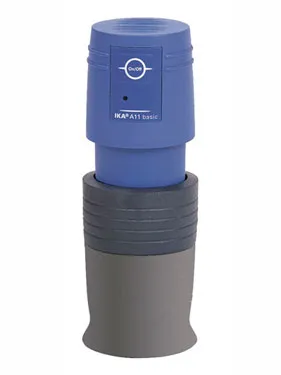Products
Services
Products
Services
Currency php
English En
MILLS AND BLENDERS
In the laboratory, most of the materials required for sampling are, in practice, heterogeneous mixtures. The best means of obtaining a small representative sample of the agglomerated, nonuniform product is to take a sufficiently large quantity of the material in order to have a representative composition and reduce it to a fine, homogeneous powder. This is where laboratory mills and blenders are used, depending on whether the sample is hard, soft, brittle or fibrous, dry or wet, etc. Typical applications include, but are not limited to, geology and mineralogy, ceramics, chemistry, biology, pharmaceuticals, materials technology and sample preparation for pesticide analysis.
No data available in table!

Scharlab Philippines, Inc.
V +63 917 701 5727
infophilippines@scharlab.ph
4/F Unit K, No. 35 Sto. Niño Street cor. Fernando Poe Jr. Ave. Barangay San Antonio, Quezon City 1105 Philippines
T +63 2 8671 9674V +63 917 701 5727
infophilippines@scharlab.ph
Laboratory supplies
Chemicals Microbiology Glassware, quartz and porcelain Chromatography Equipment Consumables Safety and hygiene
Chemicals Microbiology Glassware, quartz and porcelain Chromatography Equipment Consumables Safety and hygiene

 Philippines
Philippines



